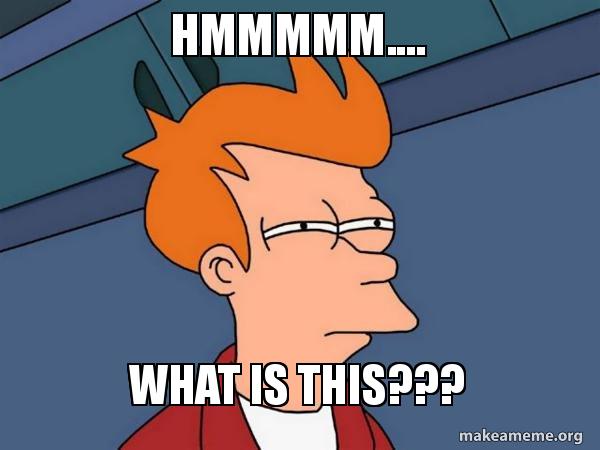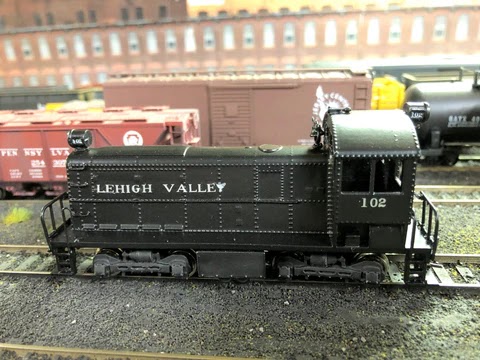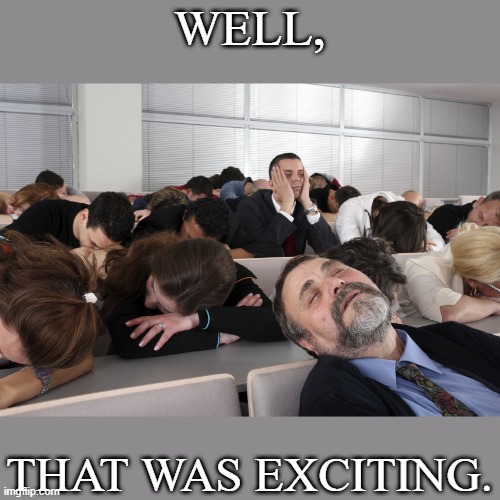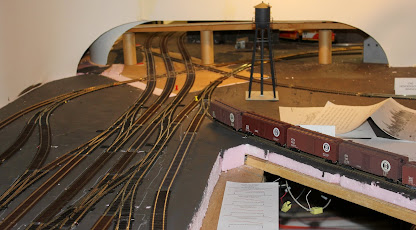OMG, yes, this blog IS still alive, even if its not active! So today boys and girls, I want to share with you the LVHTRy's newest member of the over-flowing roster, which was put together and GREATLY enhanced by my good friend Joe Binish of New Hope, Minnesota.
Why yes, yes I do.......
Please welcome the ALCo HH300 # 102 to the roster!!!
Oh, you want to see the MODEL! OK, OK, I guess so......
Well, what IT is, is a pioneering switcher built as a test bed in 1931 that led to the development of the more widely known HH600 and 660 models. The LV had the first two ever built out of a total of 11 ever built. Numbers 102 and 103 served the LV faithfully in the New York Harbor area until 1953. As was tradition at the time, these were just steam loco black with white lettering, though 102 did receive the classic "Cornell Red with black stripes" paint job before being retired.
So the model itself was produced originally by Bethlehem Car Works back around 2022'ish and I picked mine up at the giant Springfield "Big E" train show, and there it sat, on my shelf for three years until Joe was kind enough to take on the project for me.
This is not Joe's handiwork, this is an "as built" model by an unknown modeler, on White Rose Hobbies web site (the store that took over Bethlehem Car Works product line in 2024) -https://www.whiterosehobbies.com/products/bethlehem-car-works-sparrows-point-sp-106-ho-scale-alco-300hp-diesel-kit
Even though the website says sold out, I spoke with the owner who said there might be more hiding in the back closet at the store, and they may re-release it again in the future. Check out White Rose Hobbies if you're ever in the York PA area, or at https://www.whiterosehobbies.com/.
I was there last year, and it is one HECK of a store, a hobby store that I wish there were more of here in New Jersey, and what all hobby store aspire to be!
Now, for Joe's handiwork!......
Joe added a lot more finer details than can be seen here, so if you want to see more of the build, please ask and I'll be happy to post more pics. The frame and drive are a Bachmann Spectrum 44 tonner, for those of you who are curious.
Well, Joe is afraid (and rightfully so) that no matter HOW well he repacks it to ship it back to NJ, when I go out to visit him in April, I'll bring it (carefully) home on the airplane, EVEN THOUGH he keeps telling me that he has become no enamored with it that he keeps threatening to hold it hostage if I don't call it things like "cutie", when I and my friend Dave Abeles know DAMN well that its a "schiddy"!
Hey, it could have been another "I ripped up this track" or "I think I'm going to rip the layout down and model the CNJ's High Bridge Branch (again)" post......But hey, thanks for stopping by, and hopefully reading this far!
~Ralph







































